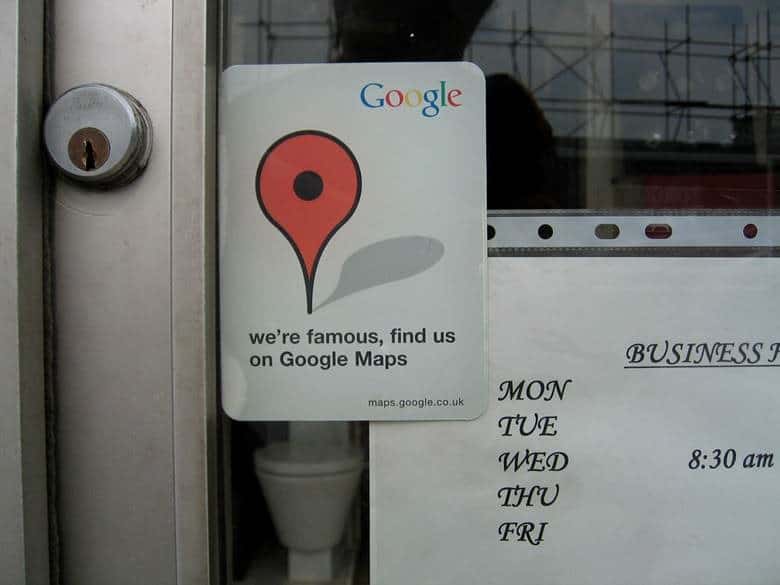In Google LLC v. NavBlazer, LLC, the Patent Trial and Appeal Board (PTAB) declined to institute inter partes review (IPR) of U.S. Patent No 9,075,136 based on an “obviousness” challenge.
Under 35 U.S.C. §103,
A patent for a claimed invention may not be obtained … if the differences between the claimed invention and the prior art are such that the claimed invention as a whole would have been obvious before the effective filing date of the claimed invention to a person having ordinary skill in the art to which the claimed invention pertains.
The patent, filed in 1998, is for a “Vehicle operator and/or occupant information apparatus and method”:
The apparatus automatically detects a departure of the vehicle from the first travel route, identifies a second travel route in response to the detected departure of the vehicle from the first travel route, generates a second message containing information regarding the second travel route, and transmits the second message to the communication device.
In other words, it’s describing what GPS apps like Waze and Google Maps do today.
Google filed a petition requesting an IPR of certain claims of the patent on the grounds that they were “obvious” in light of prior art.
As noted above, a claim of “obviousness” is based not on what’s obvious to the average person or judge, but what’s obvious to a person of (ordinary) skill in the art (POSITA).
Google argued that a POSITA in this case would have
at least a Bachelor’s Degree in an Engineering discipline such as Electrical or Computer Engineering, or a Bachelor’s Degree in Computer Science or equivalent degree, and at least two years of relevant experience in the research, design, development and/or testing of navigation systems, embedded systems or the equivalent, with additional education substituting for experience and vice versa.
Prior art references include descriptions of “providing route guidance and other information from a base unit to a remote unit in response to a request from the remote unit” (Behr) and s “RF receivers to monitor updated traffic condition information for dynamic rerouting guidance” (Schreder).
Google asserted that the patent’s “detects a departure” claim would have been obvious to a POSITA who combined the above Schreder and Behr references:
Behr and Schreder are both directed to similar navigation systems. But a difference between Behr and Schreder is that the navigation system in Behr is located within a centralized base unit 12…, while the route planning processor in Schreder is included in a navigation system within the vehicle …. Behr teaches, however, that guidance systems that are self-contained within a vehicle, such as the system disclosed in Schreder, suffered from “many drawbacks,” including the need for large data storage capabilities onboard the vehicle….. Behr’s solution to the “drawbacks” of self-contained vehicle guidance systems was to move the navigation processing and data storage systems into a centralized base unit, and transmit “route guidance and other information” from the base unit to remote units….. Behr teaches that, in this way, “the amount of information available at a remote unit can be expanded by providing the remote unit with information from the base unit.”…. Therefore, based on the teachings of Behr, the [POSITA] would have been motivated to move the processing operations of Schreder’s route planning processor 70 into the centralized base unit 12 of Behr.
However, said the PTAB,
Petitioner’s proffered rationale justifies where a skilled artisan would have located Schreder’s rerouting functionality—in Behr’s central system—but does not address why a skilled artisan would have added that functionality to Behr in the first place. Given this deficiency, we find that Petitioner has not produced the required “articulated reasoning with some rational underpinning to support the legal conclusion of obviousness.”
Just like the haiku above, we like to keep our posts short and sweet. Hopefully, you found this bite-sized information helpful. If you would like more information, please do not hesitate to contact us here.


